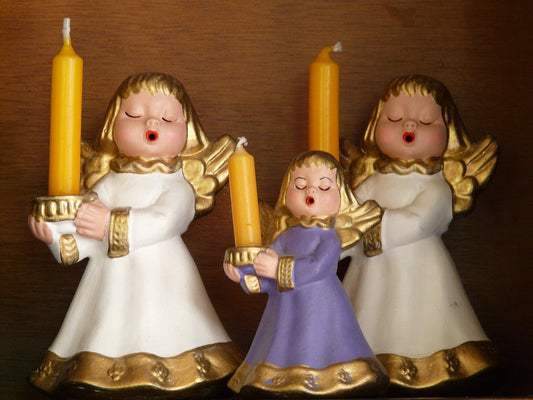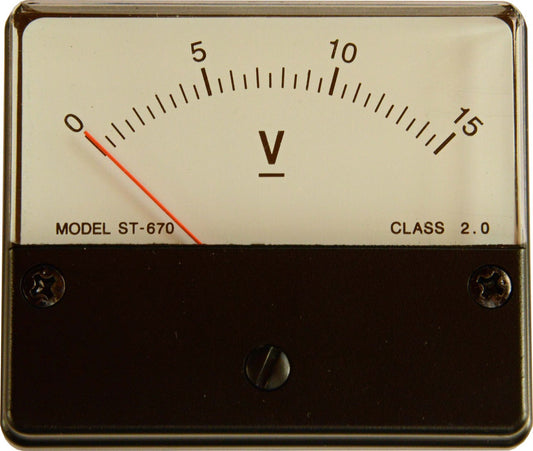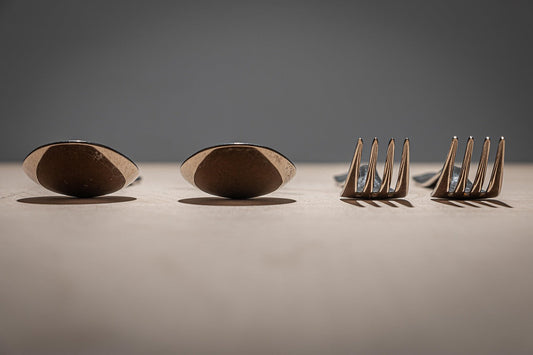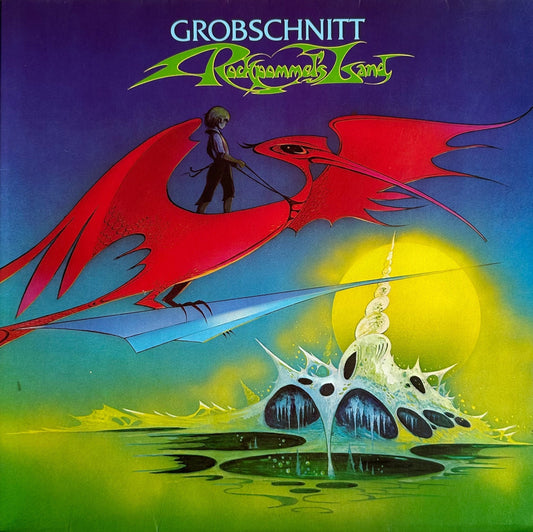Perhaps no other category of amplification device has had more thought applied than power amps. How to get as many watts as you can for as little money as needed. It's a big challenge.
Power amplifiers convert AC wall power into music. The same energy that runs our lights and chills our food is now engaged in playing Beethoven.
Speakers need power to move them. Back and forth, fast and slow, the moving elements of speakers pressurize air and music appears. But pressuring air takes energy—in some cases, lot of it.
We measure energy by its motive force; horsepower for machinery, Watts for speakers. The average loudspeaker needs only a few Watts to get it making sound, but lots more to fill the room. If we ignore the outliers, like SET and low power tube amps connected to horns, most power amplifiers of consequence range from 50 Watts upward. The average is 150.
Converting wall AC power to speaker wattage is an engineering challenge with many variables: heat, distortion, transient speed, impedance fluctuations, sound quality, isolating the source from the vagaries of power distribution.
No two power amplifiers sound alike because the types of technologies addressing the many challenges are as varied as the speaker types they drive. We've seen transformer coupled, cap coupled, tube, solid state, analog, digital, pulse width and density based, down converting, up converting, single ended, balanced, and bridged. Power supplies feeding amps are no less creative.
The long and short of all these amp types boils down to a basic problem faced by designers. How to get more for less without sacrificing performance. If the goal is to build a reasonably powered affordable amp that sonically competes with expensive counterparts, the first design decisions comes quickly.
What class of operation will be used for the output?








